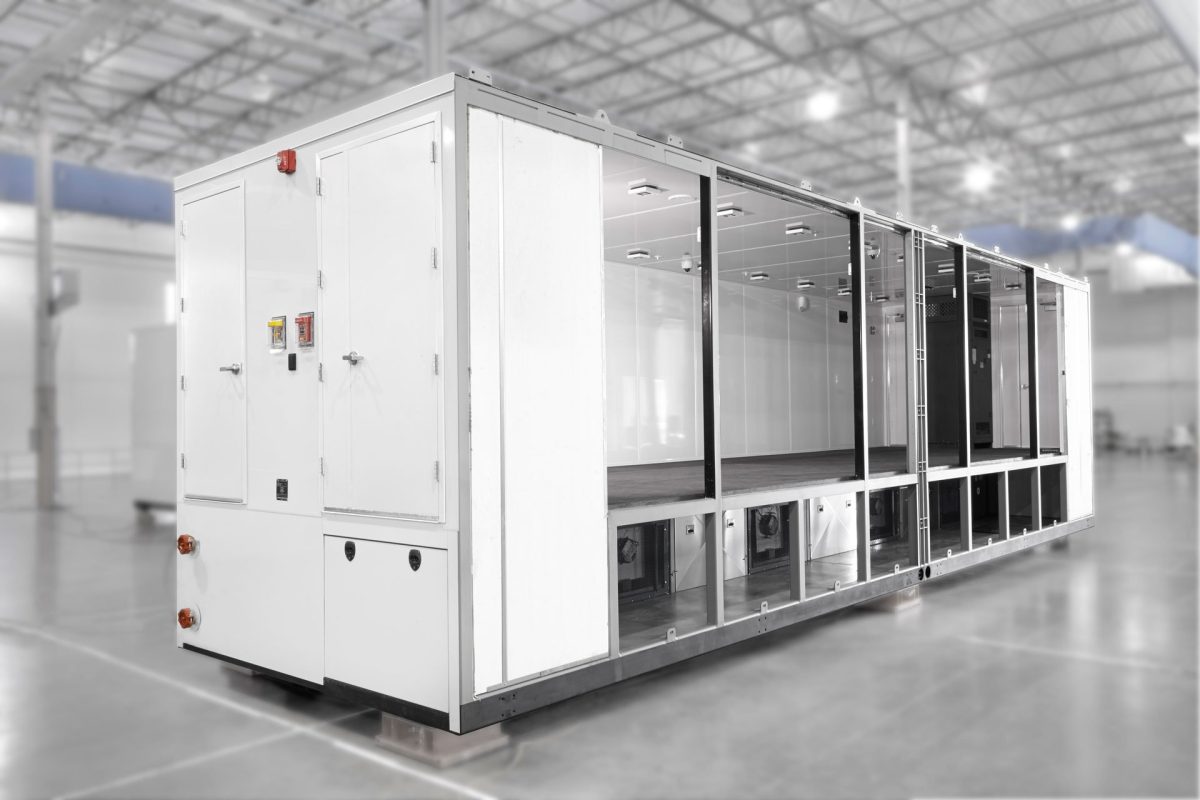From Sea to Shore: The Evolution of Shipping Container Technology

Shipping containers have revolutionized global trade, transforming how goods are transported across the world. From their modest beginnings to their current advanced iterations, shipping containers have undergone a remarkable evolution, mirroring advancements in technology and changes in global logistics. This article explores the journey of shipping containers, highlighting their historical development, technological innovations, and the impact they’ve had on global trade.
The Humble Beginnings
Before the advent of the modern shipping container, goods were transported in a variety of ways, including barrels, crates, and sacks. This traditional method was labor-intensive and inefficient. The process of loading and unloading cargo was slow, often involving manual handling and significant time delays. The need for a more efficient system was evident, and it was in the mid-20th century that the concept of standardized shipping containers began to take shape.
The Birth of Standardization
The pivotal moment in shipping container history came in 1956 when Malcolm McLean, an American trucking magnate, introduced the concept of the intermodal container. McLean’s innovation was driven by a desire to improve the efficiency of cargo handling. Before containers, cargo had to be manually transferred between different modes of transport—ships, trucks, and trains. McLean’s standardized container allowed for seamless transfer between these modes, reducing handling times and costs significantly.
The early containers were constructed of steel, which provided durability and security. They were designed to fit easily onto ships, trucks, and trains, making them versatile and efficient. This standardization allowed for economies of scale and set the stage for a new era in shipping.
Technological Advancements
As the global demand for shipping grew, so did the need for more advanced container technology. The initial steel containers were robust but lacked certain features that would later become standard. Over the decades, shipping containers evolved with the introduction of various technological improvements:
- Temperature Control: The development of refrigerated containers (or “reefers”) in the 1960s allowed for the transport of perishable goods over long distances. These containers are equipped with cooling systems that maintain a specific temperature, enabling the global trade of items like fruits, vegetables, and pharmaceuticals.
- Security Enhancements: As global trade expanded, so did concerns about cargo security. Modern containers come equipped with advanced locking mechanisms and tracking systems. GPS technology and RFID tags now allow for real-time tracking and monitoring, significantly reducing the risk of theft and loss.
- Environmental Considerations: With increasing awareness of environmental issues, the shipping industry has made strides in developing eco-friendly containers. Innovations such as lightweight materials and energy-efficient designs aim to reduce the environmental impact of shipping. Additionally, some containers are now designed to be modular, allowing for more efficient use of space and reducing the carbon footprint of transportation.
The Impact on Global Trade
The introduction and evolution of shipping containers have had a profound impact on global trade. The efficiency and standardization provided by containers have led to a dramatic increase in the volume of goods transported across the globe. According to estimates, over 90% of the world’s trade is now carried by sea, with containers being the primary method of transport.
The widespread use of containers has also led to the development of extensive port infrastructure and logistics networks. Modern ports are equipped with sophisticated cranes and automated systems designed to handle the large volumes of containers. This infrastructure supports global supply chains, enabling businesses to source products from different parts of the world and deliver them to markets quickly and efficiently.
Future Trends and Innovations
Looking ahead, the evolution of shipping containers continues to be driven by technological advancements and changing industry needs. Future trends in container technology may include:
- Smart Containers: The integration of Internet of Things (IoT) technology could lead to the development of smart containers with enhanced tracking, monitoring, and condition-reporting capabilities.
- Sustainability: As environmental concerns grow, the focus on sustainable practices is likely to increase. Innovations in materials and design will aim to reduce the ecological impact of shipping containers.
- Modular Designs: The development of modular and adaptable containers could further optimize space and efficiency, catering to a wider range of cargo types and sizes.
Conclusion
The evolution of shipping container technology represents a significant achievement in the history of global trade. From its inception in the 1950s to the advanced, eco-friendly designs of today, the shipping container has transformed how goods are transported around the world. As technology continues to advance, the shipping container will undoubtedly adapt to meet new challenges and opportunities, continuing to play a crucial role in the global economy.

